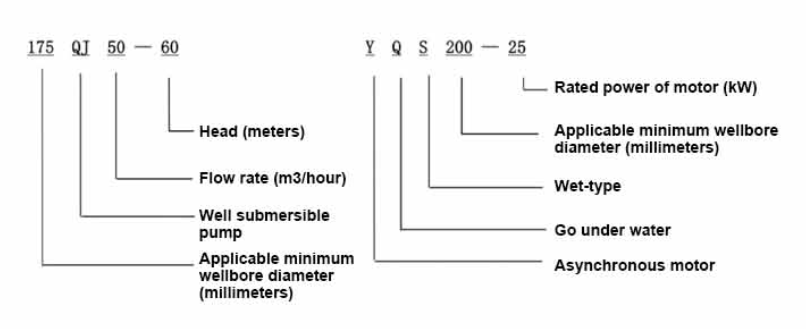அக் . 13, 2024 04:15 Back to list
hydraulic submersible pumps
Hydraulic Submersible Pumps An Overview
Hydraulic submersible pumps are an essential technology in various industries, particularly in construction, mining, and wastewater management. These pumps are designed to operate underwater, offering a range of advantages, such as efficient fluid transfer and the ability to function in challenging environments. This article will discuss the working principle, applications, and benefits of hydraulic submersible pumps.
The primary function of a hydraulic submersible pump is to move fluids from one location to another by converting hydraulic energy into kinetic energy. These pumps consist of a motor, hydraulic circuit, and pump body, all of which are securely housed to prevent water ingress. The hydraulic motor drives the pump impeller, creating a pressure differential that draws fluid into the pump and pushes it out through the discharge line. This design allows for rapid fluid movement with minimal energy consumption.
One of the most significant applications of hydraulic submersible pumps is in the construction industry. They are often used for dewatering applications, where excess water needs to be removed to facilitate excavation and foundation work. The ability to operate submerged allows these pumps to handle large volumes of water efficiently, making them a preferred choice on construction sites.
In mining operations, hydraulic submersible pumps are vital for dewatering mine shafts and preventing flooding. They can operate in extreme conditions, dealing with heavy slurry and debris that other pumps may not handle effectively. Their robust design ensures durability and reliability, which are crucial in the often harsh environments of mining operations.
hydraulic submersible pumps

Wastewater management is another key application of hydraulic submersible pumps. These pumps are commonly used in sewage treatment plants and municipal pumping stations to transport wastewater to treatment facilities. Their ability to handle solids and debris in wastewater makes them highly effective in this sector, ensuring smooth and efficient operation.
One of the notable advantages of hydraulic submersible pumps is their compact design, which allows for easy transportation and installation. Unlike traditional pumps that may require surface-mounted installations, submersible pumps can be placed directly in the fluid they are moving. This not only saves space but also reduces the need for extensive infrastructure.
Additionally, hydraulic submersible pumps are known for their energy efficiency. By utilizing hydraulic power, these pumps can achieve high flow rates while consuming relatively little energy. This efficiency translates to cost savings for businesses operating in energy-sensitive industries.
In conclusion, hydraulic submersible pumps are a vital tool across various fields, including construction, mining, and wastewater management. Their ability to operate underwater, handle challenging materials, and deliver energy-efficient performance makes them an indispensable technology in today's industrial applications. As technology continues to advance, we can expect further innovations in hydraulic pump design and efficiency, enhancing their role in modern engineering and infrastructure development.
-
Submersible Well Pumps Buying Guide
NewsMay.14,2025
-
Submersible Sump, Dirty Water, Borehole Pumps Demystified
NewsMay.14,2025
-
Stainless Steel Submersible Pumps Superior Performance
NewsMay.14,2025
-
High Flow Submersible Well Pumps Essential Features
NewsMay.14,2025
-
Choosing the Best Stainless Well Pump
NewsMay.14,2025
-
A Comparison of Submersible Pumps Filled with Water and Oil
NewsMay.14,2025
-
 Submersible Well Pumps Buying GuideReliable access to clean water is fundamental for residential, agricultural, and commercial operations, making the selection of an appropriate well pump system one of the most important infrastructure decisions.Detail
Submersible Well Pumps Buying GuideReliable access to clean water is fundamental for residential, agricultural, and commercial operations, making the selection of an appropriate well pump system one of the most important infrastructure decisions.Detail -
 Submersible Sump, Dirty Water, Borehole Pumps DemystifiedThe world of water management has undergone a technological revolution, with advanced pumping systems now offering unprecedented efficiency and reliability across diverse applications.Detail
Submersible Sump, Dirty Water, Borehole Pumps DemystifiedThe world of water management has undergone a technological revolution, with advanced pumping systems now offering unprecedented efficiency and reliability across diverse applications.Detail -
 Stainless Steel Submersible Pumps Superior PerformanceModern water extraction and fluid handling systems demand equipment capable of withstanding harsh environments while maintaining peak efficiency.Detail
Stainless Steel Submersible Pumps Superior PerformanceModern water extraction and fluid handling systems demand equipment capable of withstanding harsh environments while maintaining peak efficiency.Detail
